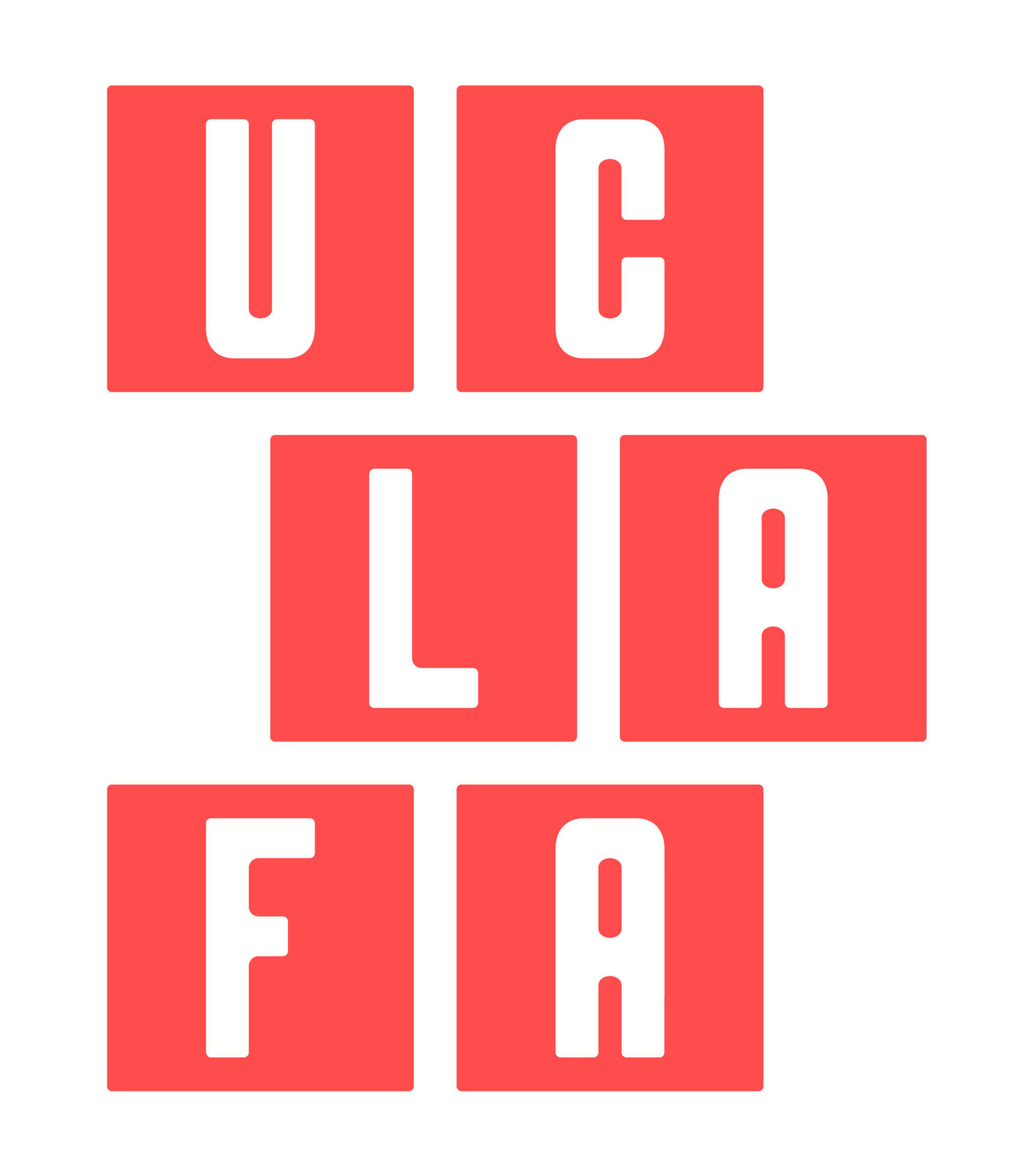Taxing Credibility?
As earlier posts on this blog have noted, the administration recently circulated an email containing a statement that commercial business was not going to be possible under the plan to build a hotel/conference center to replace the Faculty Center. The no-commercial rationale was based on the idea that if the University took commercial business, it would have to pay taxes. An article in USA Today published about a year ago, however, profiled UCLA – along with other universities – as competing for commercial business and certainly accepting it: Meeting planners cut back on conventions at pricey hotels (excerpt) USA Today,…
